These 9 still-standing landmarks help keep Charlotte’s Black history alive
One of the last remaining vestiges of the old Brooklyn neighborhood — once home to a thriving Black community — sits Grace AME Zion Church in Charlotte’s Second Ward.
Coffee bars, upscale businesses and expensive apartment buildings now surround the church at 219 S. Brevard St, which previously resided in an area that featured Black-owned businesses, schools, and places of worship.
Charlotte historian Thomas Hanchett described Brooklyn, named in homage to the New York borough, as “an African American city-within-the-city, complete with its own downtown.”
Part of that collective included Grace AME, one of several churches in the sprawling area, with origins dating back to the 1880s. Prohibitionists founded it, led by J.T. Williams, a prominent Black doctor and businessman of the time.
The church was not just considered a place of worship but one of the cultural centerpieces of the Brooklyn neighborhood.
“The church is an instrument for expression of black concerns for education and civic and cultural needs,” said then-pastor Rev. Smith Turner III, “a voice that will articulate the need for jobs and to make people aware of their involvement in the life and structure of the city. It can’t just serve to minister to the religious needs, but has to deal with those social needs and be an interpreter of them.”
But by the 1960s, most of the congregation left the neighborhood being overtaken by the city’s so-called urban renewal efforts that displaced hundreds of families and dismantled its business district. Only four buildings from that era remain: the Mecklenburg Investment Company Building, Studio 229, Grace AME and Second Ward High School Gymnasium.
Though Grace AME, added to the National Register of Historic Places in 2008, hasn’t moved from its current location for 122 years, it no longer functions as a church. The original structure, with its original stained glass windows and fixtures, is now used for events. The legacy of the church is alive thanks to The Brooklyn Collective, a non-profit effort to preserve the surviving buildings of the Brooklyn neighborhood.
“It is absolutely imperative to keep the church’s legacy alive because we understand that when you have an entire community like Brooklyn that was completely destroyed by urban renewal during the 1960s and 1970s, having a place that is reminiscent of what many considered home means a lot,” said Monique Douglas, community engagement director at The Brooklyn Collective.
Grace AME Zion Church is one of many African-American historic landmarks from a bygone time still visible in Charlotte.
Here are places of African-American historical significance designated as landmarks around the city that you can visit today:
Johnson C. Smith University
Founded in 1867 and located just outside of downtown Charlotte, Johnson C. Smith University is one of the nation’s oldest historically Black higher education institutions. Biddle Memorial Hall, built in 1883, once included classroom space, a theater, and the first library on campus. The Victorian-style building, which now serves as the central administrative office, was placed on the National Register of Historic Places in 1975. Other historic buildings on campus include the Carnegie Building and Smith Memorial Church.
John McDonald’s Cafeteria
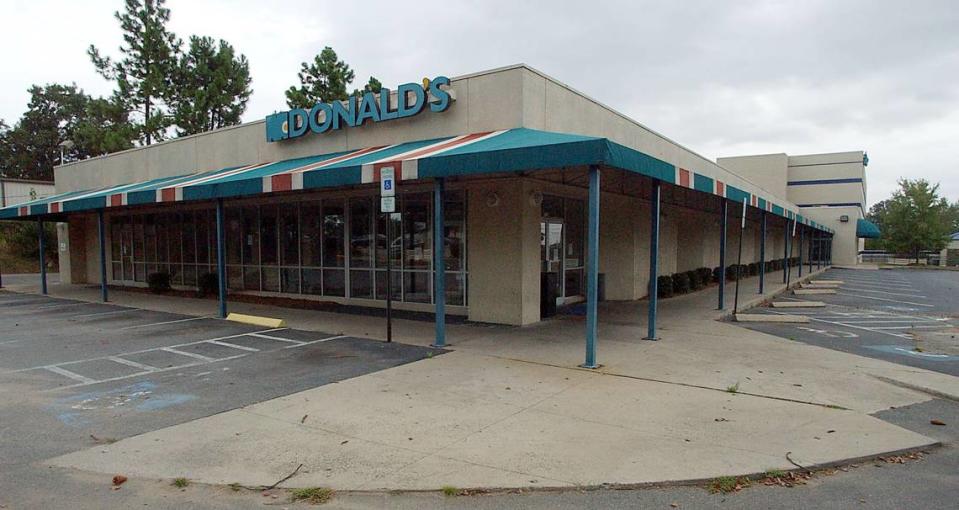
Black businessman and Charlotte native John McDonald started the cafeteria in 1970 at 2023 Beatties Ford Road. The site became a gathering place for the city’s Black political caucus, which met for the Tuesday Morning Breakfast Forum to discuss issues important to the Black community.
Excelsior Club
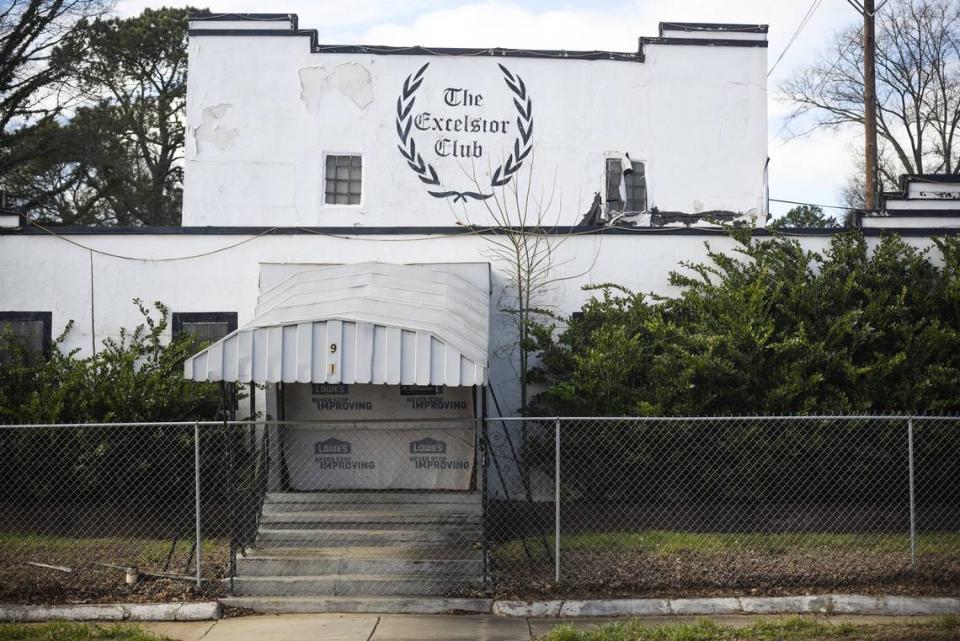
The Excelsior Club opened in 1944 and hosted big-name musicians like Nat King Cole and Louis Armstrong at 921 Beatties Ford Road. It also served as a hub for Black political and community leaders for decades before it closed in 2016. In 2019, California-based Kenwood Investments purchased the former club on Beatties Ford Road for $1.35 million, The Charlotte Observer reported.
Mount Carmel Baptist Church
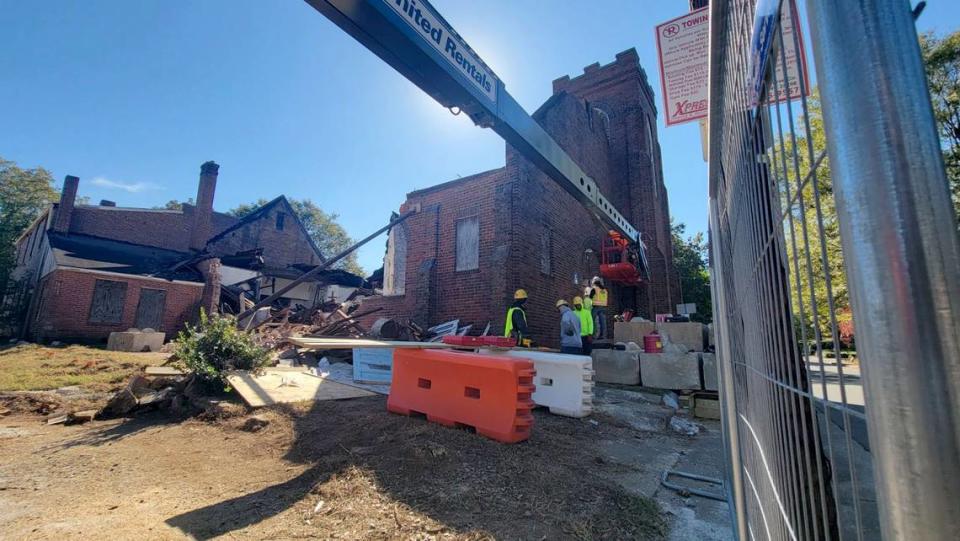
Mount Carmel Baptist Church, built in 1918, is located on Campus Street near Johnson C. Smith University in west Charlotte. The church served as a landmark for Charlotte’s Biddleville neighborhood. The church has been vacant since 1977. Efforts to partially restore portions of the church are underway.
Mecklenburg Investment Company Building
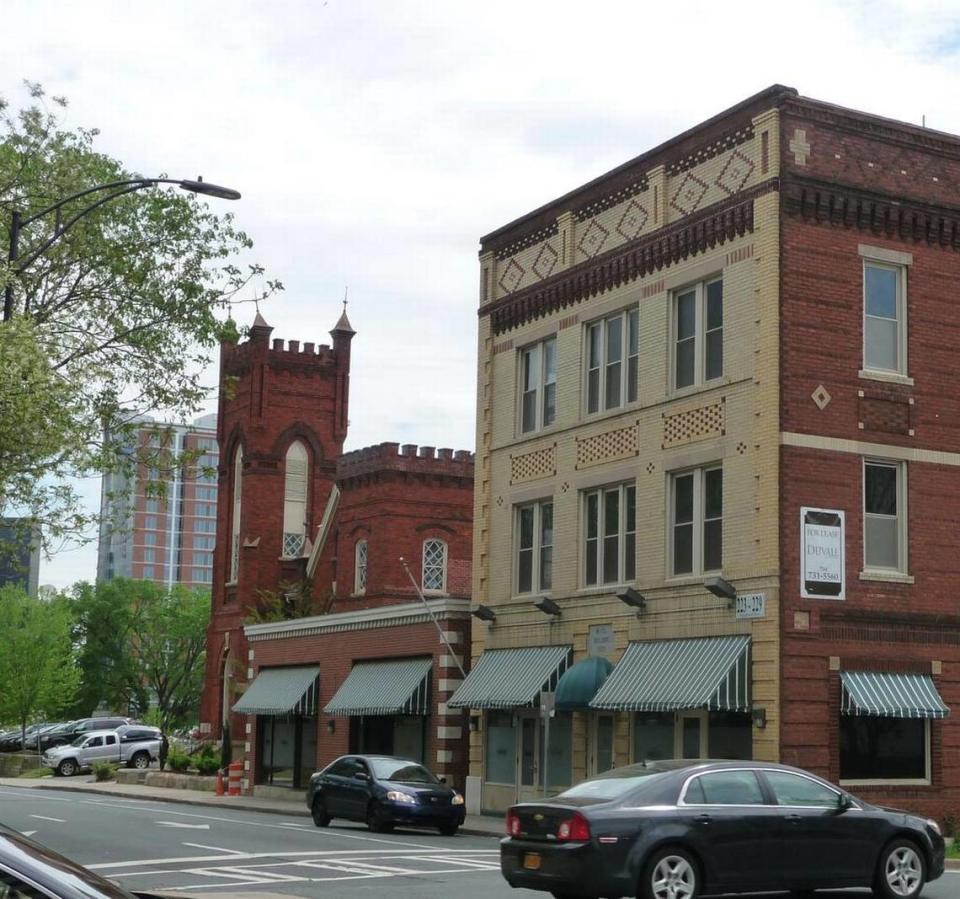
Constructed in 1922, the Mecklenburg Investment Company Building is in the 200 block of Brevard Street in what was known as the Brooklyn neighborhood. The building was associated with the so-called “New Negro” movement as part of the fight for civil rights. It was added to the National Register of Historic Places in 1982.
Little Rock AME Zion Church
Little Rock AME Zion Church at 403 N. Myers Street is one of Charlotte’s oldest African-American churches. It was formed in 1884 in the backyard of Mary Ann Hunter. Church records indicated it got its name because the early worship services were held in a small house that rested on rocks underneath the structure.
Mt. Zion Lutheran Church
Constructed at 1605 Luther Street in 1896, Mt. Zion has been a longtime landmark of the Cherry neighborhood. The church is the oldest building in the area as a place of worship.
McCrorey YMCA
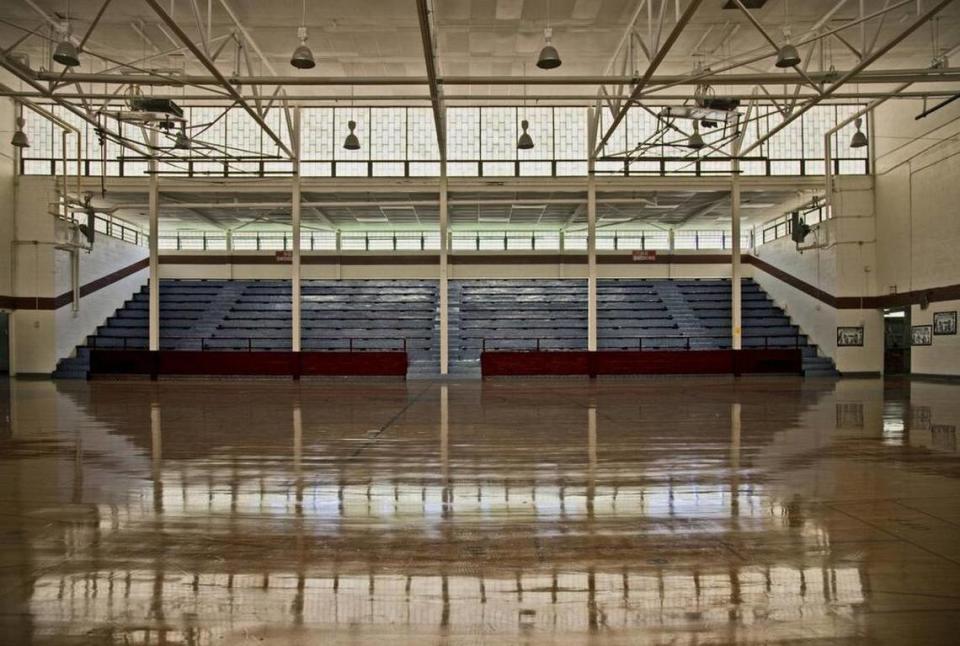
While the YMCA itself might be a distant memory, the gymnasium adjacent to the building still resides behind a United Way building in uptown. Originally named the Second Street Y, it was part of the Brooklyn neighborhood until being relocated in 1969 to Beatties Ford Road.
Other Charlotte-area historical landmarks can be found through the Charlotte-Mecklenburg Landmarks Commission online at landmarkscommission.org.

